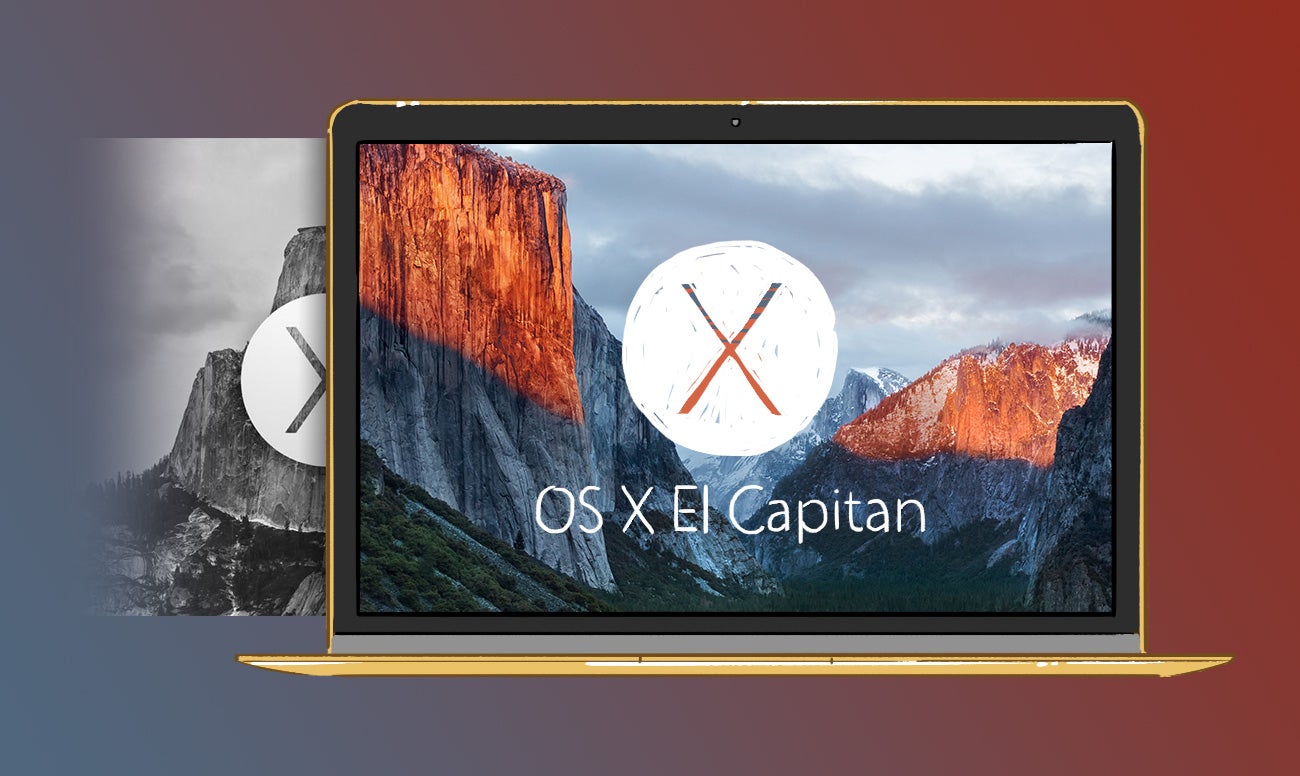

- Upgrade mac os x el capitan how to#
- Upgrade mac os x el capitan install#
- Upgrade mac os x el capitan update#
- Upgrade mac os x el capitan upgrade#
- Upgrade mac os x el capitan software#
Step 3: Download and install macOS MojaveĪpple has made it very easier to simply download and install Mojave, even if you are running an older operating system. If you don't already have a backup plan in place, there are a few options you can check out. The best way to ensure a smooth transition from an older operating system to Mojave is with Time Machine.
Upgrade mac os x el capitan update#
Here's a list of Macs that can run macOS Mojave:-ġ.7)Mac Pro (Late 2013, plus mid-2010 and mid-2012 models with recommended Metal-capable GPU)īefore downloading any major update to your Mac operating system, it is very important to backup your data. In general, most Macs from 2012 or newer are compatible. Step 1: First Check your System Compatibility:-įirst and foremost, make sure your Mac is compatible with macOS Mojave.
Upgrade mac os x el capitan upgrade#
Check the below solution to upgrade from El Capitan to directly Mojave without facing any data loss problems. From here, you can expect your Mac to reboot one or more times, but the process is generally pretty hands off.Yes, upgrade from OS X El Capitan to macOS Mojave is absolutely possible. Just double-click this icon, and the process will begin.
Upgrade mac os x el capitan software#
When your Mac finishes downloading all of the software necessary for installing El Capitan on your computer, it’ll place an installer icon somewhere on your desktop. Depending on how fast your internet connection is, downloaded the several gigabytes can take anywhere from just a few minutes to a few hours.Ĭlose all of your windows and look for “Install OS X El Capitan” on your desktop. Make sure you’re downloading the official OS, and not paying for some sketchy help book: the OS X update will always be free (so if you see a dollar amount, stay away).Ĭlick the download button to start the process, then go get something to drink. If you do have the App Store, open it and search for El Capitan in the search box. In that case, run your computer’s ‘Software Update.’ This will install the last version of Snow Leopard, which is OS X 10.6.8 – importantly, it comes with App Store pre-installed (and then you’ll be able to follow these directions again). If you don’t see ‘App Store,’ it probably means that you’re running Mac OS X 10.6.7 or earlier. Next, look for the Mac App Store on your computer.Ĭlick on the Apple icon in the upper left-hand corner of your screen, and select App Store from the list.
Upgrade mac os x el capitan how to#
We’ve got your back with a guide on how to use Time Machine to back up and restore your Mac. Never tried to back up your computer before? Don’t worry. You can launch it from Spotlight (hit ⌘ + Space) by typing Time Machine into the search box and hitting enter.

The point is that while these events are rare, it’s easy to avoid the heartaches and headaches they cause by virtue of being prepared.įortunately, Apple builds a dead simple tool into OS X for backing up your Mac. Upgrading your computer’s operating system can leave it vulnerable: sometimes an important system file gets corrupted, or a pre-installed app interferes with something that the El Capitan installer needs to do. We say it three times because it’s an important step that way too many people skip. If you need even more room, take a peek at our guide on freeing up hard drive space on your Mac. If you find yourself running low on disk space, be sure to empty your Trash – it’s easy to leave several gigabytes of files in there, never truly deleted. You can check to see what version of OS X you’re running, along with how much memory you have, by going to the Apple icon in the upper left-hand corner of your screen, clicking it, and selecting ‘About This Mac.’ You’ll also want to make sure you have at least 2GB of RAM and a minimum of 8 – 10GB of free space on your hard drive. There are some reports of users modifying a system file that tells the OS whether it’s on supported hardware, and getting machines like the powerful 2008 Xserve servers up and running : but it’s not for the faint of heart, since you run the risk of losing the ability to boot any time your software gets updated.

That means that if your Mac runs OS X 10.10 “Yosemite”, 10.9 “Mavericks”, or 10.8 “Mountain Lion,” it’ll run El Capitan. This is the window that pops up when you click on ‘About This Mac.’


 0 kommentar(er)
0 kommentar(er)
